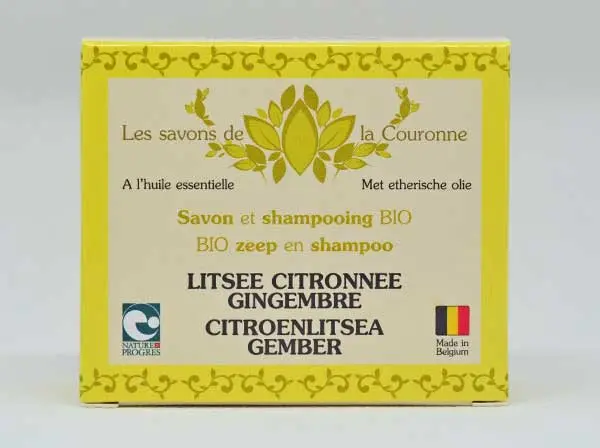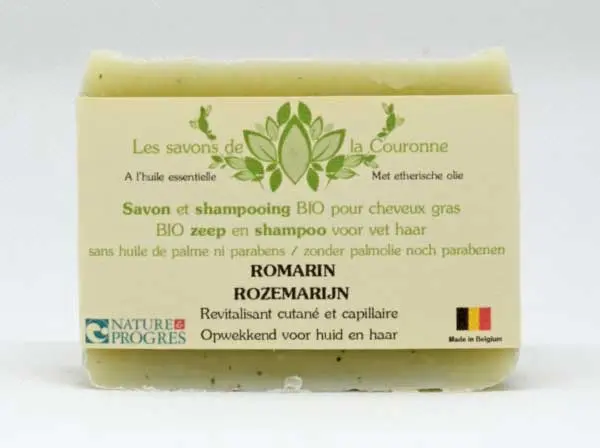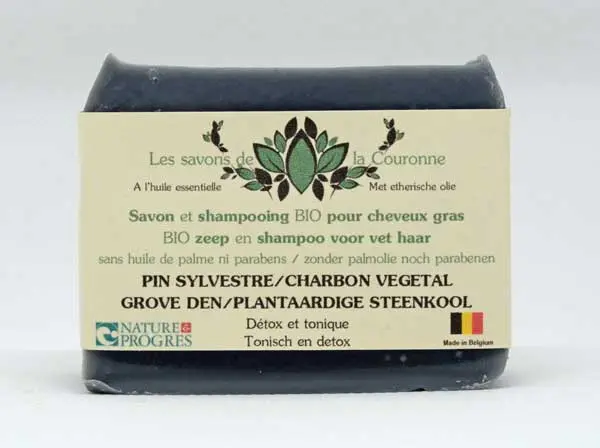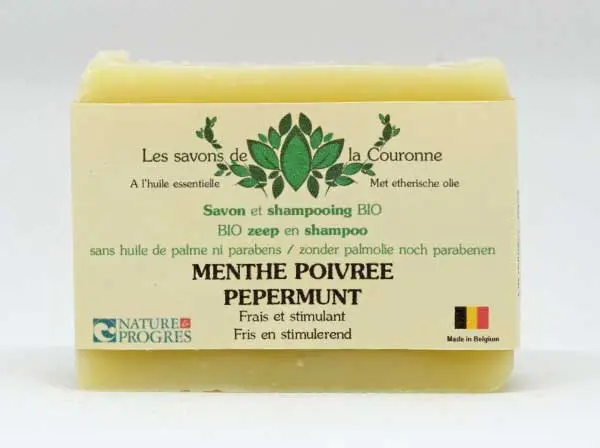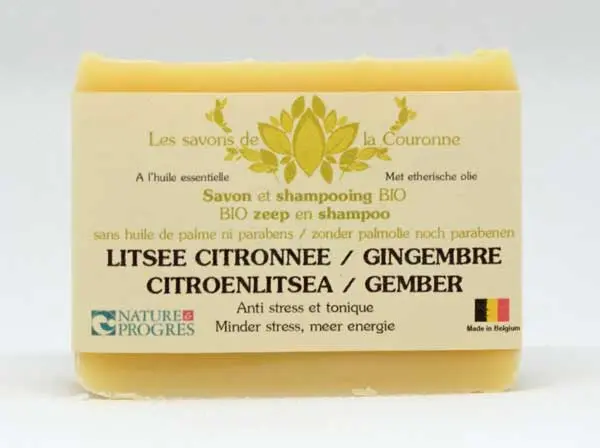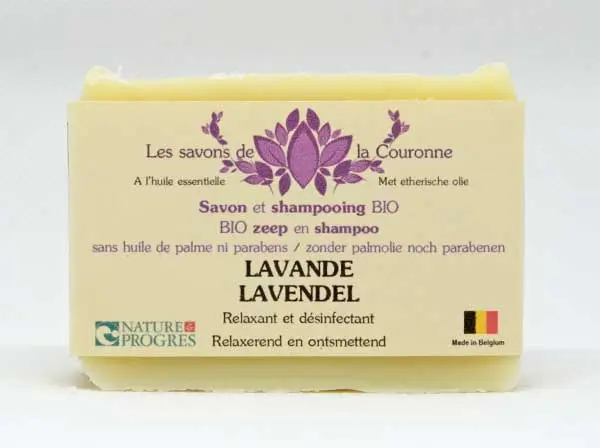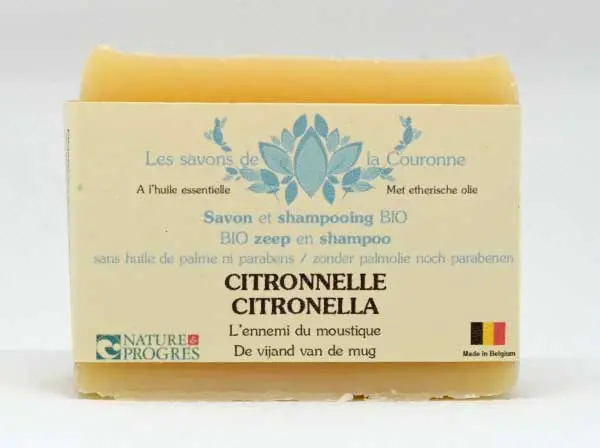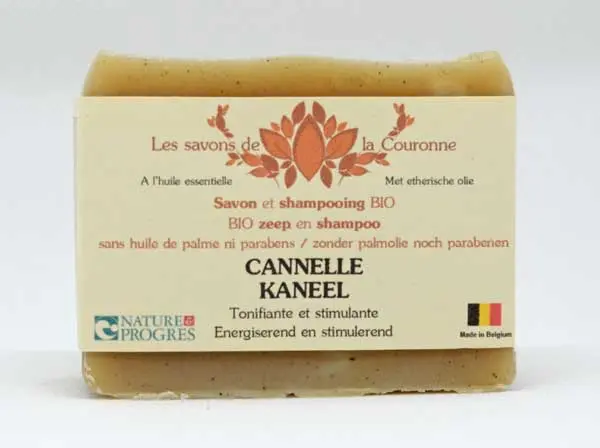Today we start a series of articles on the raw materials we use in our workshop. And to start, we have chosen one of the most exotic: castor oil.
Often relegated to a somewhat forgotten grandmother’s remedy, this syrupy substance nevertheless deserves our full attention, as its properties are remarkable.
But where does castor oil actually come from?
The castor bean (Ricinus communis) is an herbaceous or tree-like plant native to tropical Africa, but nowadays found in all warm parts of the world. Usually it reaches a height of about 3 metres, but under ideal conditions it can grow up to 10-12 metres tall.
The seeds, which are contained in small spiny capsules, yield two completely different products:
- the oil, beneficial and used for thousands of years,
- ricin, a deadly toxin (and infamous for the Bulgarian umbrella case).
Fortunately, castor oil is completely safe. It is obtained by cold pressing, without solvents, leaving behind the toxic substances. It is its hydrophobic nature that sets it apart.
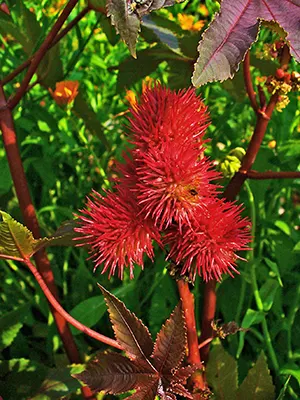
H. Zell, CC BY-SA 3.0, via Wikimedia Commons
Its use throughout history
First known appearance? In the Papyrus Ebers, an Egyptian medical textbook dating back to the 16th century BCE. Yep, more than 3,500 years ago! At that time, it was used to fuel oil lamps as well as for eyes and digestion.
One has even found traces of it in embalming workshops: the Egyptians used it to soak mummification wrappers. Not very glamorous, but quite ingenious.
Over the centuries, castor oil spread throughout the ancient world. It was used for its cosmetic, antibacterial, antifungal and anti-inflammatory properties.
In pharmacy, castor oil was prescribed as a purgative for a long time. But to be clear, that is strongly discouraged these days. Its action, while effective… is brutal and potentially dangerous.
The Italian fascists, never shy of an outrageous idea, forced their political opponents to drink large quantities of castor oil. The goal? To literally make them empty their bowels in the streets
– a method of humiliation, dehydration and sometimes even death, as illustrated below (or no, actually prefer not to).
And what about beauty?
That’s all well and good, those stories about laxatives, mummies and poisonings, but it doesn’t really make sense to use that oil, you probably think. And you could well be right about that. Except that… it is actually packed with properties that are incredibly useful in cosmetics.
Unique of its kind, it consists mainly of ricinoleic acid. It is this specific fatty acid that gives it most of its properties.
Thanks to its anti-inflammatory and analgesic properties, castor oil is applied topically to relieve joint and muscle pain or even skin inflammations. It is also an excellent medium for hot compresses and provides welcome relief from cramps or spasms.
In the field of hair care, castor oil has become a real star. Applied to hair, beard or eyelashes, it is known for its stimulating effect on hair growth. Scientific evidence is lacking for now, but the many (and enthusiastic) user experiences are reason enough to give it a try yourself.
(For my part, my hair tends more towards Picasso than Dürer, so I’m happy to pass the torch).


Thanks to my treatment with castor oil, things are much better now.
Its very viscous texture can be a little daunting, but precisely because of this, it penetrates deeply, nourishes intensely and leaves a shiny and groomed appearance. Extra plus: it is virtually odourless.
And that’s not all. When applied to the nails, castor oil is said to help fill micro-cracks in the keratin and strengthen the nail structure. Again: no formal studies, but firmly rooted tradition.
Castor oil in our soaps: a real gem
Where she really excels is in saponification.
Properly dosed, castor oil creates a dense, creamy and silky foam that feels particularly pleasant on the skin. It enhances the moisturising, antibacterial and anti-inflammatory properties of the soap.
It is a key ingredient in our homemade recipes, a real pillar of our formulation.
Conclusion ?
Don’t be put off by its sticky texture or its dark past. Castor oil is a valuable ally – discreet but effective. And with us, it fully deserves its place.


